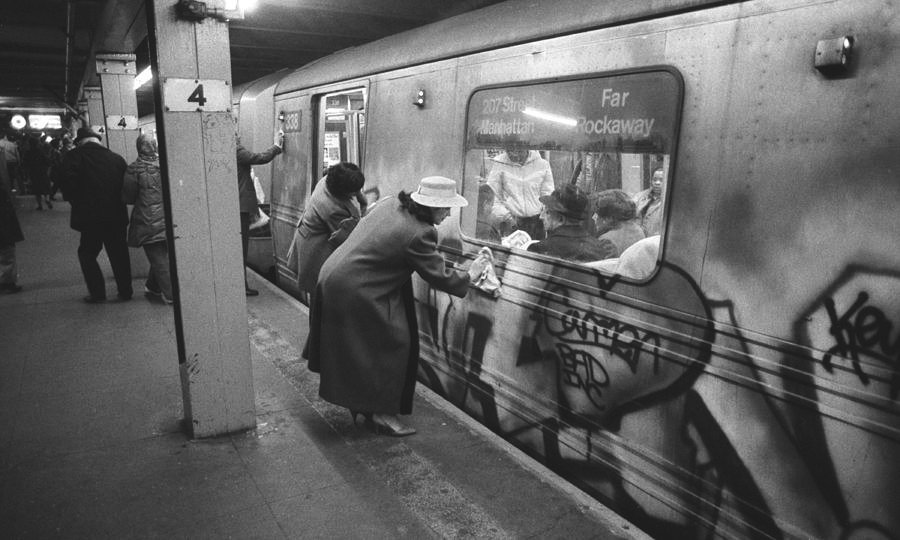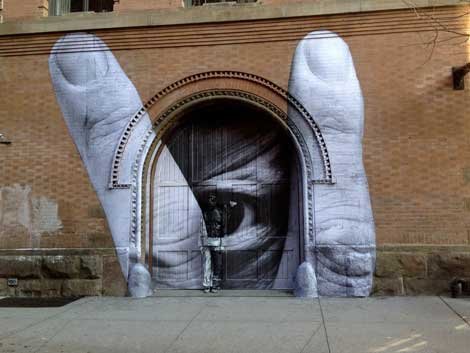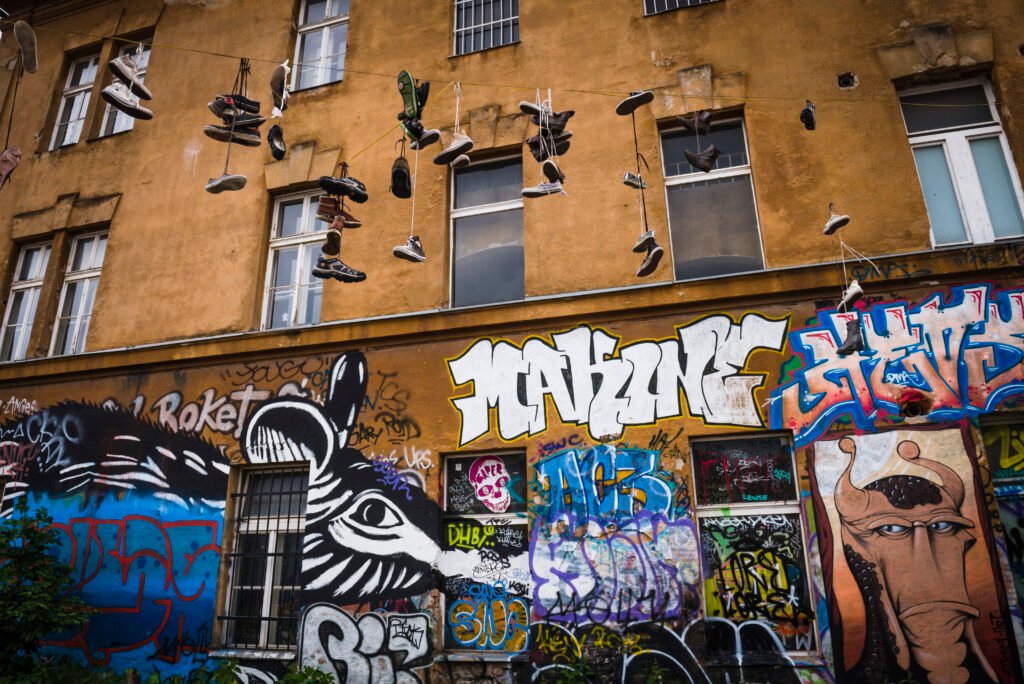Street Art has taken over city walls to transform everyday spaces into vibrant canvases. More than just street painting, it asserts itself as a critical, popular, and immediate language of contemporary art.
With urban roots and a rebellious spirit, this form of expression breaks the boundaries of galleries and challenges the public in full circulation.
It is not just about aesthetics. Every stroke, color, or figure stamped on the walls dialogues with the social, political, and cultural context of the place. Art ceases to be contemplative and becomes active, shouting urgent themes through the streets and representing voices that were previously silenced.
Street Art and the City as a Canvas: Art That Occupies, Questions, and Transforms
The origins of street art are deeply tied to the occupation of public space. Since the 1970s, in cities like New York, young artists began using graffiti and stencils as tools for identity affirmation.
In marginalized neighborhoods, images emerged that escaped institutional surveillance, communicating direct messages often of protest. The street became a space of creation, denunciation, and belonging.

Unlike traditional graffiti, street art encompasses a wider range of techniques and approaches. It can be made with collages, sculptures, digital projections, or ephemeral installations.
This formal diversity reflects the multiplicity of voices present on the streets. According to a study by the London School of Economics (2021), street art plays a fundamental role in the symbolic reconfiguration of urban spaces, capable of changing how people perceive and interact with the city.
Artists like Banksy, JR, Swoon, and Os Gêmeos transformed street art into a global language. Their works, spread across various metropolises, engage with themes such as inequality, environment, war, identity, and collective memory.

And although many have gained institutional recognition, they continue producing works in public spaces, insisting on the importance of direct contact with the population.
This street art has also influenced urban policies and revitalization strategies. Many cities began encouraging murals and visual interventions as a way to enhance neighborhoods, attract tourism, or reduce vandalism.
However, a constant tension exists between institutionalization and the rebellious essence of street art. After all, when an art born from transgression becomes part of the system, it risks losing its critical power.
The Urgency of the Stroke: Contemporary Art in Real Time
One of the most striking characteristics of street art is its ability to respond to events in real time. Unlike exhibitions planned months in advance, urban art emerges overnight, reacting immediately to political events, social crises, or environmental disasters.
According to the study Urban Visuality and Resistance by the University of São Paulo (2022), street art consolidates itself as a device of visual resistance because it manages to interrupt the daily flow with images that shock, move, or inform.
Furthermore, the physical presence of the work on the streets allows a direct sensory experience. There are no frames or curators. The audience is not specialized, and this democratization is central to the discourse of street art.
When seeing a gigantic painting on a facade, the viewer is impacted even involuntarily. The art imposes its presence and invites reflection, whether on local or global issues.
Another relevant aspect is ephemerality. Unlike museum works, many urban interventions are quickly erased, destroyed, or replaced. This creates urgency not only in production but also in enjoyment.
There is limited time to see and feel that work in the space where it exists. This transitory nature generates a special kind of aesthetic memory: the recollection of the impact of encountering something unique in an unexpected place.
In recent years, with the growth of social media, street art has also gained a digital dimension. Photographs of murals spread through profiles, hashtags, and art platforms, connecting the local to the global.
Street art, therefore, represents much more than a visual intervention. It is, at once, language, occupation, critique, and celebration. It is a visual cry of contemporary art that refuses to be silenced or confined.



